What is a Laboratory Oven / Ventilated Oven?
Laboratory Oven
A laboratory oven, also known as a ventilated oven, is a high temperature oven which forms part of the equipment found in most clinical, forensic, electronics, material processing and research laboratories. A ventilated oven provides uniform and precise temperature control for functions such as heating, baking, evaporating, drying, sterilising and other industrial laboratory functions.
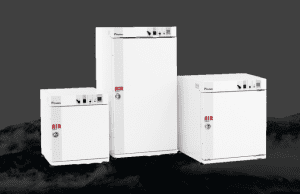
This article will cover the specific applications and functions that require a laboratory oven, how a ventilated oven works, and what Froilabo has to offer.
Laboratory Oven Temperature
A laboratory oven’s temperature typically range from ambient to above 300°C. They are available in gravity (natural), mechanical (forced) convection, and vacuum pump for routine heating and drying applications. For labs with temperature uniformity, stability and accuracy requirements, advanced protocol ovens are available to meet such demanding requirements.
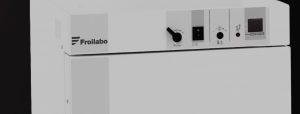
What Is A Laboratory Oven Used For?
Laboratory oven uses cover a wide range of applications in industries such as biotech, pharmaceuticals and materials manufacturing. These industries often require the process of baking, curing, annealing and drying materials of varying chemical and physical compositions. Many of these process applications are unique in their end-result and therefore require assorted types of lab ovens.
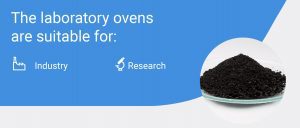
Laboratory oven uses includes many testing and troubleshooting processes such as:
- The heating and drying of glassware or autoclaving lab supplies for sterilisation purposes
- Material testing to determine tensile strength, deformation and resiliency of manufactured products, solder strength in circuit boards and more.
- Electronics testing
- Burn-in test for detecting early failures in manufactured integrated circuits
- Solder strength testing in circuit boards
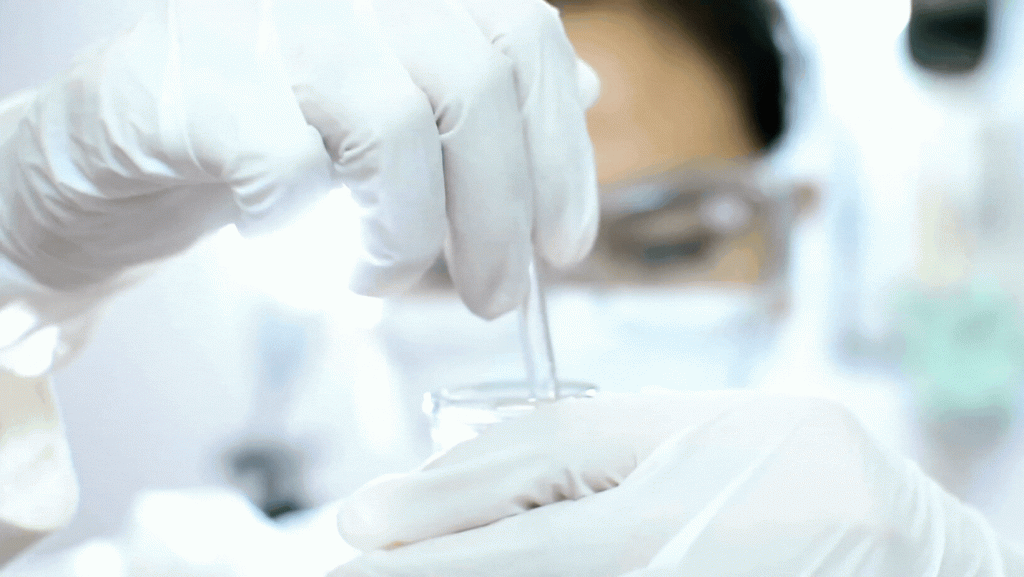
Specialised use of laboratory ovens are carried out in biological, forensic and environmental labs. The natural sciences utilise laboratory ovens to advance the pace of research in the following ways:
- Forensic labs use specially configured vacuum ovens as fingerprint development chambers
- Biological laboratories employ gravity convection ovens for removal of microbiological contaminants in labware and vacuum ovens for adhering substrates to the surface of filters and other media
- Environmental laboratories often use laboratory drying ovens for the drying of specimens, weighing the samples before and after drying, to determine the moisture content of the sample
Use Of Oven In Laboratory
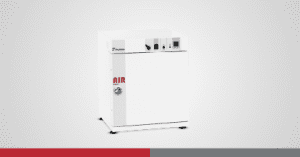
The use of an oven in the laboratory include the following functions, depending on the process required for the application.
Annealing
The process of annealing involves the heating and then slow cooling of materials such as glass or steel, in order to reduce internal stresses and increase ductility. A high temperature oven is used in this process, often in the application of metallurgy, medical device manufacturing and material science industries. The annealed materials can be cut and shaped more readily to be used in the production of items such as syringes and catheters.
Curing
Curing involves the hardening of a chemical composition of a substance through the combination of drying and baking. This process is often used for the manufacturing of epoxies, glues, plastics and rubber in polymer research, nanotechnology and semiconductor industries.
Drying
Drying is the removal of moisture from a sample, which is necessary for many environmental, biological and clinical labs. Forced air and vacuum ovens are used to dry samples that are easily broken down, as these remove moisture and lower the boiling point of water which lets the sample dry at a lower temperature.
Gravity convection ovens are often used to dry fine particles as these are liable to scatter with high air flow and need a more natural airflow to protect them
Sterilising
Sterilising involves the removal of bacteria or microorganisms and is commonly used to sterilise laboratory equipment. A laboratory oven can be used to sterilise lab equipment and glassware. The ideal temperature needs to be at least 160°C, with contents monitored at this heat for 45 to 60 minutes.
A slow cooling period is then required, as removing items from the oven straight away can cause them to crack, while the gradual cooling prevents potentially harmful air from entering the oven. The items then need to be dried using a temperature of 60°C.
How Does A Ventilated Laboratory Oven Work?
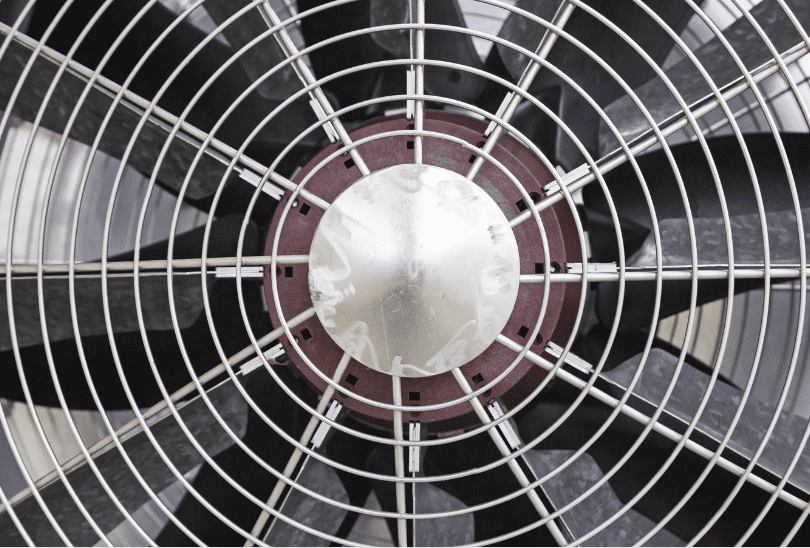
In a laboratory oven, an integrated fan actively moves the air inside the chamber, which results in an even temperature distribution throughout the chamber and provides rapid heat up and recovery time.
The benefits of this type of oven includes the fact that it leads to reproducible results and that there is a much faster drying process when opening the door, which means that the temperature will recover to the set temperature faster.
Vacuum ovens, which are also known as drying ovens, are used to remove moisture from objects without cooking them. The heat is produced from the side walls and requires an external vacuum pump to provide a low-pressure environment which minimizes oxidation during drying.
In gravity convection ovens, hot air naturally rises when it expands and become less dense than the air around it. These ovens provide a low-cost alternative to forced convection ovens.
Laboratory Oven vs Incubators. What is the Difference?

The difference between a lab incubator and a laboratory oven may at first not be obvious. The two instruments both produce heat and are typically set within a boxlike casing.
However, the difference is that an oven produces temperatures typically ranging from 93.3 to 316 degrees Celsius, while an incubator typically ranges from 15.6 to 48.9 degrees Celsius.
Laboratory Ovens from Froilabo
At Froilabo, our laboratory oven is designed to meet all applications up to 250°C. To adapt to specific requirements, Froilabo offers a wide range of industrial ovens from 60L up to 714 litres.
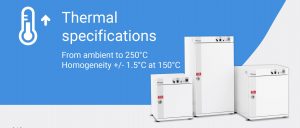


- Air Expert: designed on the basis of the Air Performance model, includes a set of functions allowing optimisation and permanent control of the enclosure. A programmable controller and a standard wall passage are also available. The air performance range has a large volume of up to 714 litres to suit all your needs.
Contact Us
If you would like to find out more about Froilabo’s laboratory oven range including our laboratory oven price, please don’t hesitate to get in touch with a member of our team today.
Alternatively, to stay up to date regarding the latest products and research from Froilabo, please take a moment to join us on social media or sign up to our eNewsletter via the links below.



